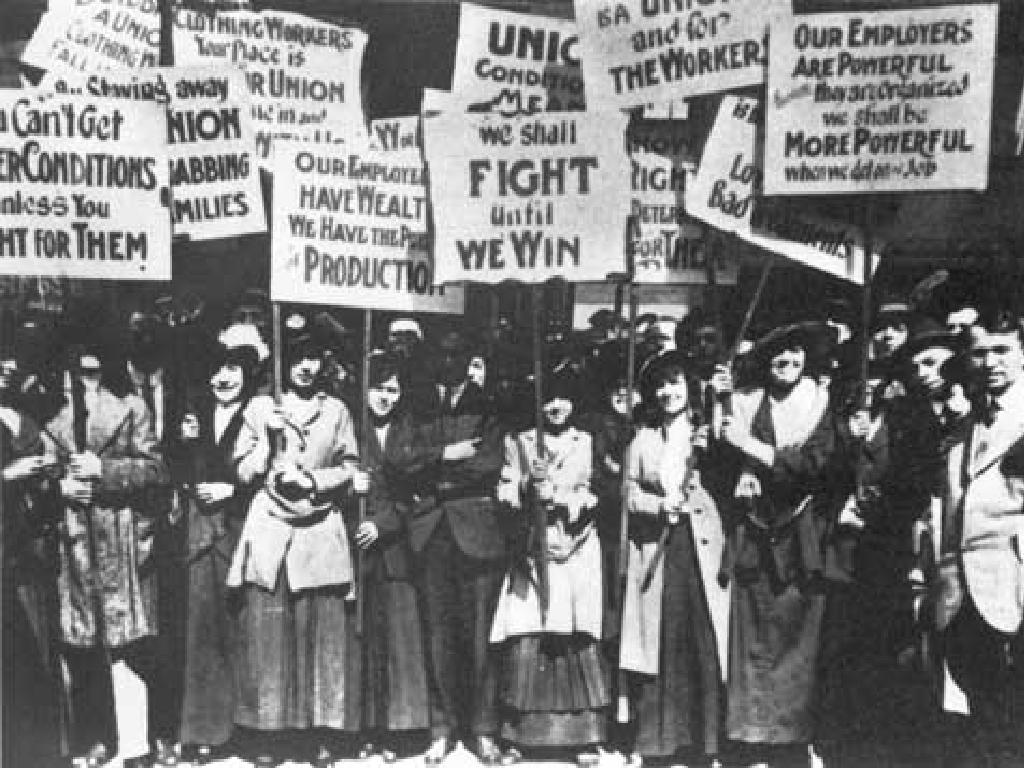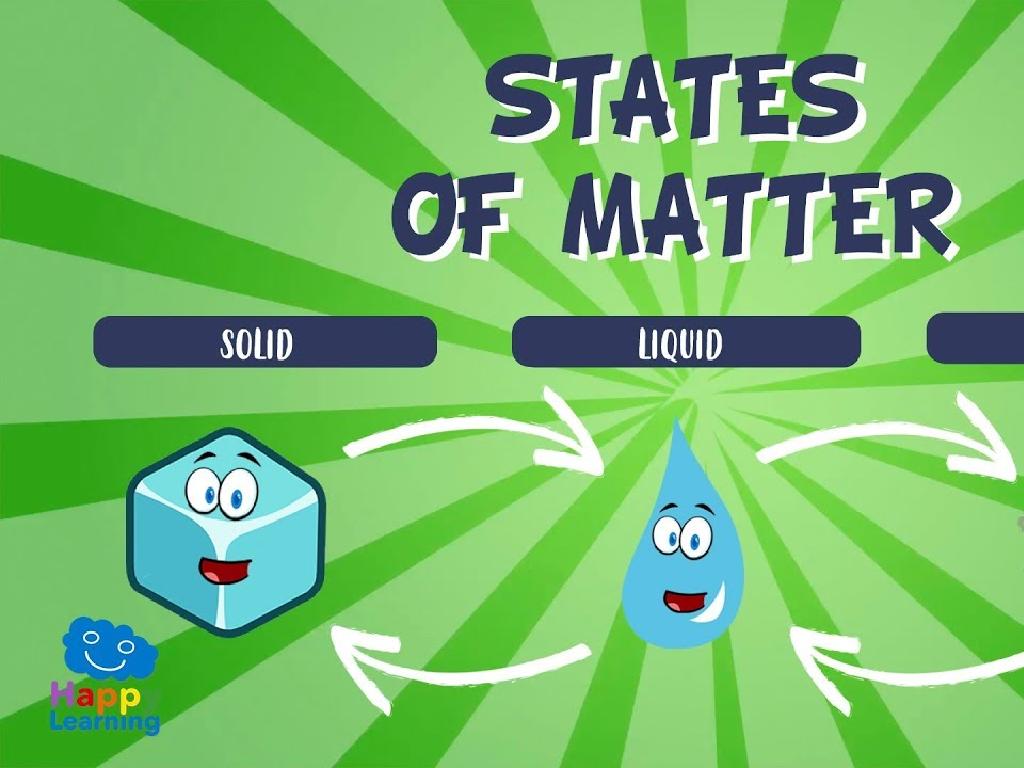Causes Of The Civil War: Dred Scott To Secession
Subject: Social studies
Grade: Seventh grade
Topic: The Antebellum Period
Please LOG IN to download the presentation. Access is available to registered users only.
View More Content
Antebellum Period: Prelude to Civil War
– Define the Antebellum Period
– Time before the Civil War, marked by division
– Causes of the Civil War overview
– Economic, social, and political factors
– Key events before the war
– From Compromise of 1850 to Lincoln’s election
– Significance of Dred Scott case
– Dred Scott decision fueled tensions over slavery
|
This slide introduces students to the Antebellum Period, a critical time leading up to the American Civil War. It’s essential to define the period as the time before the war, characterized by increasing division between the North and South over issues like slavery, states’ rights, and economic conflicts. Provide an overview of the causes of the Civil War, touching on the economic, social, and political factors that contributed to the conflict. Highlight key events such as the Compromise of 1850, the Kansas-Nebraska Act, and the election of Abraham Lincoln that escalated tensions. Discuss the Dred Scott decision’s impact on the national conversation about slavery and its role in the growing divide that led to secession. Encourage students to think critically about how these events are interconnected and how they set the stage for the Civil War.
Understanding the Antebellum Period
– Define the Antebellum Period
– Time before the Civil War, 1812-1861
– Characteristics: Social, Economic, Political
– Class divisions, agrarian economy, states’ rights debates
– Cotton’s role and Plantation Economy
– ‘King Cotton’, vast plantations, reliance on slave labor
– Prelude to the Civil War
|
The Antebellum Period refers to the time in American history before the Civil War, specifically between the War of 1812 and the start of the Civil War in 1861. This era was marked by significant social stratification, an economy heavily dependent on agriculture, and growing political tensions over issues such as states’ rights and slavery. The invention of the cotton gin solidified cotton as a crucial crop, leading to the expansion of the plantation system and increased reliance on slave labor, which would become a central factor in the secession of Southern states and the onset of the Civil War. Discuss how these elements created a volatile atmosphere that ultimately led to conflict. Encourage students to consider how the economic benefits of cotton cultivation were weighed against the moral and human costs of slavery.
The Dred Scott Decision: A Catalyst for Conflict
– Dred Scott’s identity
– Enslaved man who sued for freedom
– Supreme Court’s ruling impact
– Decision denied citizenship for African Americans, affirming the power of slave owners
– Case’s role in escalating tensions
– Verdict outraged the North, supported by the South, straining relations
– North-South divisions deepened
– The case polarized the nation, pushing it closer to Civil War
|
The Dred Scott Decision slide should introduce students to the pivotal Supreme Court case that played a significant role in heightening pre-Civil War tensions. Dred Scott was an enslaved African American who sought legal emancipation. The Supreme Court’s decision against him stated that no person of African ancestry could claim citizenship in the United States, thereby denying him the right to sue for his freedom. This decision had a profound impact on the national discourse, exacerbating the already strained relationship between the North and the South. It’s crucial to discuss how this case influenced public opinion and political events leading up to the Civil War, serving as a stark example of the deep divisions within the country.
States’ Rights vs. Federal Authority
– Debate over states’ rights
– States wanted to make their own laws vs. federal government control
– Conflicts: state vs. federal laws
– Example: Some states passed laws contradicting federal laws on tariffs and slavery
– Nullification concept
– States believed they could invalidate federal laws deemed unconstitutional
– Nullification’s role in division
– Nullification deepened North-South divide, leading to secession talks
|
This slide explores the tension between states’ rights and federal authority, a key factor leading to the Civil War. The debate centered on whether states had the power to govern themselves or if the federal government had ultimate control. Conflicts arose when state laws contradicted federal ones, particularly on issues like tariffs and slavery. The concept of nullification, where states would declare federal laws invalid, further fueled the divide between the North and South. Understanding this is crucial for students to grasp the complexities of the political climate that led to secession and the Civil War. Discuss how these conflicts contributed to the growing animosity and eventual secession of Southern states.
The Road to Secession
– Definition of secession
– Secession: withdrawal of a group from a larger entity, especially a political entity
– Events leading to secession
– Discuss events like the Dred Scott decision, states’ rights debates, and the 1860 election
– The Confederacy’s formation
– Southern states united to form the Confederacy in 1861, marking the start of the Civil War
|
This slide aims to explain the concept of secession and the historical context leading up to the Civil War. Secession refers to the act of withdrawing from an organization or alliance, in this case, the Southern states from the Union. Highlight key events that fueled the desire for secession, such as the Dred Scott Supreme Court decision, which denied citizenship to African American slaves, and the election of Abraham Lincoln, which many Southern states saw as a threat to slavery. Discuss the formation of the Confederate States of America as a response to these events, setting the stage for the Civil War. Encourage students to consider the perspectives of both the Union and the Confederacy to understand the complexities of the period.
Role-Play Debate: Secession Arguments
– Divide into Pro-Secession and Anti-Secession
– Understand 1850s perspectives
– Consider economic, social, and political views of the era
– Discuss Dred Scott decision impact
– How did this Supreme Court case affect slavery and freedom?
– Debate states’ rights and secession
– Explore arguments for and against the right of states to secede
|
This class activity is designed to engage students in a role-play debate to understand the complex issues leading to the Civil War. By dividing the class into two groups, students will delve into the historical arguments for and against secession. Encourage them to research and embody the perspectives of people from the 1850s, considering the economic, social, and political climate of the time. The Dred Scott decision is a pivotal event to discuss, as it had significant implications for the legality of slavery and the concept of freedom. The debate should also cover states’ rights, a core issue in the secession argument. Provide guidance on debate etiquette and ensure that each student has the opportunity to participate. Possible activities include researching historical figures, writing speeches, and creating propaganda posters to support their arguments.
Reflecting on the Civil War Causes
– Review Civil War causation
– Modern impact of these events
– How historical events shape current society and politics
– Open floor for discussion
– Encourage student questions
– Students can ask about any aspect of the Civil War
|
This slide aims to consolidate the students’ understanding of the complex causes leading to the Civil War, including the Dred Scott decision and the secession of Southern states. Encourage students to reflect on how these historical events continue to influence modern American society, politics, and race relations. Open the floor for an inclusive discussion, allowing students to voice their questions and thoughts, fostering a deeper understanding and critical thinking. Provide a safe space for students to express their perspectives and ensure that they understand the importance of historical context in current events.
Homework: Exploring the Road to Secession
– Essay on Dred Scott decision
– Explain the case’s outcome and its effect on the nation
– Read about states’ rights vs. federal authority
– Compare and contrast the roles and powers
– Study for the upcoming quiz
– Understand the impact on Civil War
– How did these issues contribute to the Civil War?
|
This homework assignment aims to deepen students’ understanding of the complex events leading up to the Civil War. The essay on the Dred Scott decision should cover the Supreme Court’s ruling and its implications for the slavery debate. Encourage students to consider how this decision intensified the sectional conflict. The reading on states’ rights versus federal authority will help students grasp the ideological divide that was growing in the country. The quiz will cover all the topics discussed in class, ensuring students have grasped the key concepts. It’s crucial to help students connect these historical dots, seeing how individual events like the Dred Scott decision contributed to the larger picture of the Civil War.






